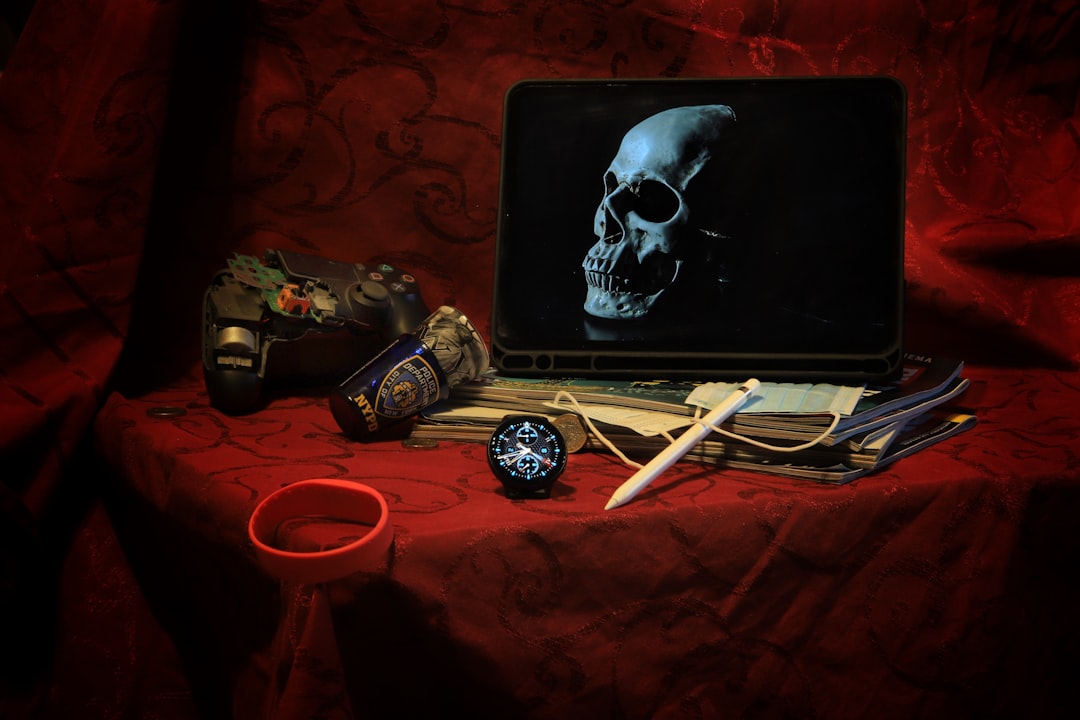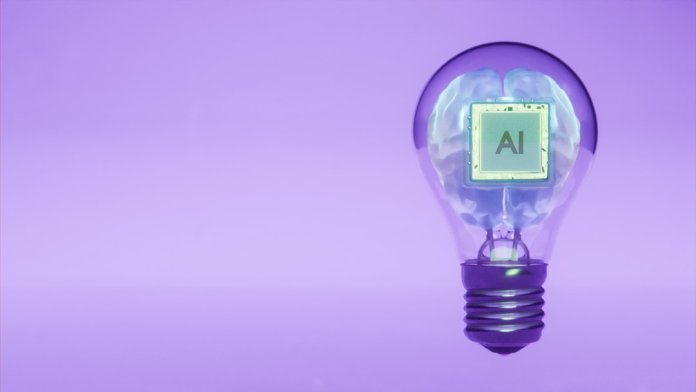In today’s rapidly evolving digital landscape, filmmakers are constantly looking for new ways to stay innovative while keeping workflows efficient. For those in the horror genre, the arrival of cutting-edge AI has become a game-changer—perhaps even a shortcut. Enter the Horror Movie AI Generator, a powerful tool turning heads in Hollywood and indie film circles alike.
TL;DR: The Horror Movie AI Generator is revolutionizing how scary stories get made. It streamlines scriptwriting, concept development, and even visual scenes, providing endless ideas at a fraction of the time. For filmmakers with limited time or motivation, this tool is a dream come true—offering efficiency without necessarily sacrificing creativity. While it raises questions about artistic integrity, it undoubtedly plays a crucial role in modern cinematic production.
What Is a Horror Movie AI Generator?
A Horror Movie AI Generator is a specialized software powered by artificial intelligence designed to generate horror-themed content. This can range from full-length scripts to short story plots, character bios, or even chilling dialogue. Using machine learning and large movie databases, the AI dissects patterns in genres, tones, settings, and tropes to create narrative outputs that mimic human-written horror stories.
Some tools even go a step further by generating visual concepts based on horror subgenres—from gothic and psychological to supernatural horror. Much like ChatGPT writes essays and MidJourney crafts artwork, the Horror Movie AI Generator is tapped into the eerie psyche of our collective nightmares.
Why Lazy (or Overworked) Filmmakers Love It
Whether you call them lazy, busy, or just strategically resourceful, a growing number of filmmakers are embracing AI to alleviate the demanding processes of horror filmmaking.
Here’s why this tool has become their secret weapon:
- Speed and Efficiency: Developing original scripts or even short horror stories typically takes weeks or months. With AI, it’s reduced to hours—or minutes.
- Idea Generation: When creativity hits a block, the AI can spark unique plotlines and creepy twists that a human might not have considered.
- Cost-Effectiveness: Hiring screenwriters, consultants, or storyboard artists can be pricey. AI tools cut down the need for hefty personnel investments.
- Output Diversity: Want a haunted house scenario? Done. A demonic possession? Easy. A zombie outbreak? The tool delivers multiple variations at the push of a button.
For time-crunched creators, this is like having an assistant who never sleeps and has an encyclopedic knowledge of horror tropes dating back to Nosferatu.

Bridging the Gap Between Concept and Execution
Often, a good idea is lost in the chasm between imagination and the execution phase. The AI generator helps bridge this gap. Say a filmmaker has a vision of a spectral figure haunting a family in the woods—they just enter a few prompts into the generator, and voilà, there’s a five-scene outline complete with suspense beats, character arcs, and potential scare moments.
More advanced platforms use natural language processing (NLP) and even machine vision to curate not just text but scene descriptions, camera angles, and mood boards. It’s like Storyboard Pro fused with Stephen King and a production assistant—on steroids.
Examples of AI in Horror Film Pre-Production
Some recent indie horror films have touted their AI-inclusive development process:
- “The Whispering Effect”: A micro-budget hit whose script was reportedly drafted using AI. The director claims 80% of the core storyline came directly from machine-generated suggestions.
- “Sleep Terror v2.0”: A horror short that used AI to conceptualize its antagonist and atmospheric score cues, leading to a hauntingly cohesive final product.
- Experimental Podcasts: Horror-themed audio shows have also dipped their toes in AI storytelling, using it to spin chilling tales with minimal human editing.

Strengths of Horror-Specific AI Versus General Writing AI
While generative tools like ChatGPT or Bard are great for general-purpose writing, horror movie AI generators come pre-trained on databases tailored to genre-specific parameters. They understand jump scares, dread pacing, horror archetypes like the final girl, the haunted doll, or the cursed videotape.
Additionally, these genre-specialized AIs tend to incorporate cinematic techniques: they can mimic the rhythm of tense dialogue, the buildup to climaxes, and deliver scene transitions that feel like they belong in a David Cronenberg flick.
The Pros and Cons—Are We Losing the Soul of Horror?
Of course, with great convenience comes great controversy. Critics argue that AI-generated horror content may lack the depth and emotional resonance of human-created narratives. Let’s break down some pros and cons.
Pros:
- Faster production timelines
- Fresh pools of inspiration
- Customization options for any horror subgenre
- Accessible for indie and beginner filmmakers
Cons:
- Potential loss of originality and soul
- Overreliance may dampen personal creativity
- Ethical concerns in replacing human writers
- Risk of formulaic outputs that feel overly mechanical or predictable
So the big question remains: Can fear still feel authentic if it’s born from code? Many believe the answer is “yes,” provided the human touch still plays a role in the editing, directing, and final storytelling layers. Think of the AI as a toolkit—not a replacement.
How Filmmakers Can Use Horror AI Responsibly
Like any emerging technology, the key to using horror AI responsibly lies in balance. Filmmakers should think of the generator as a first draft partner or an ideation springboard, not a stand-in for genuine storytelling.
Here are some guidelines:
- Credit where it’s due: If a script is AI-assisted, acknowledge the tool in credits or behind-the-scenes documentation.
- Use AI for structural bones, then flesh it out with personal vision, character complexity, and psychological depth.
- Focus on uniqueness: Combine AI outputs with your unique voice and real-world experiences for stories that resonate deeply.
Conclusion: A Boon or a Bane?
At the end of the day, the Horror Movie AI Generator is not about being lazy—it’s about being strategic. For overworked creatives or inexperienced newcomers, it opens doors that would otherwise remain closed. While it won’t replace the art of storytelling anytime soon, it does offer filmmakers a powerful tool for saving time, boosting creativity, and exploring new narrative possibilities.
If wielded wisely, horror AI generators could be not just a shortcut—but a revolution.
